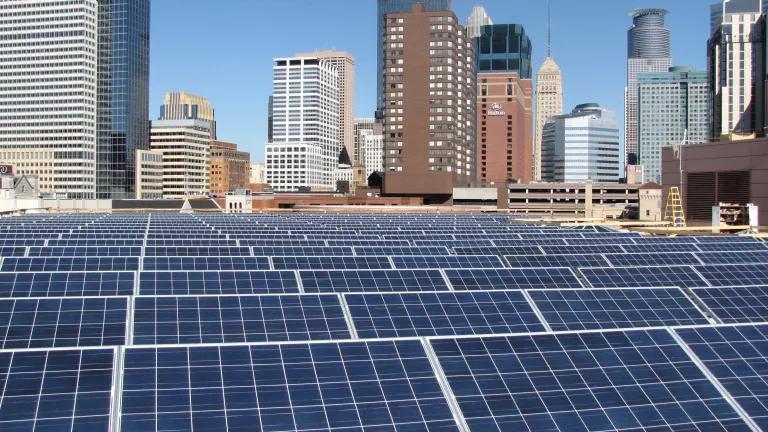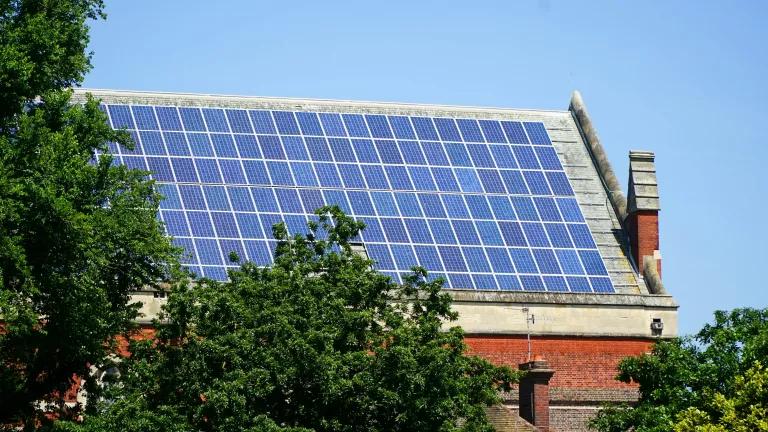The SEC and Climate-Related Financial Disclosures
The regulation would mitigate risks that climate change presents to the financial system and individual investors by keeping investors informed.
Investors want and need more information about climate-related risks and opportunities. In June, the SEC came one step closer to finalizing a comprehensive public disclosure rule that would give investors information about companies’ emissions and how they are planning for the financial effects of climate change. NRDC submitted comments urging them to finalize that rule and identified important improvements that we want to see in the final version. The primary improvement is expanding the disclosure of a company’s greenhouse gas emissions from its “value chain” (e.g., its supply chain or the greenhouse gas emissions from products it sells), which are the single biggest category of greenhouse gas emissions for many companies. And, separately, over 12,000 current and prospective investors submitted comments through NRDC calling for the SEC to finalize its important rule and help them get the information they need to make prudent investment decisions. It is critical that the SEC hear the voices of individual investors on this issue, so that support was encouraging.
The SEC is proposing to have public companies (that is, companies who sell stock to the general public) incorporate the disclosures from two voluntary frameworks—the Taskforce on Climate-Related Financial Disclosures and the GHG Protocol—into their reports to shareholders and investors. Many companies already report (some) of the information voluntarily, so we know that it is not too difficult for companies to comply and that many investors find this information useful in their own decisions. Standardizing these disclosures will give investors even better information about a company’s oversight of climate risks, its process for identifying and managing climate risks, and whether the company is making progress on its goals for reducing climate risks and greenhouse gas emissions.
Climate risks can be significant financial risks for investors, especially those investing on a long-time horizon like retirement savers. Some risks are easy to imagine: wildfires and floods that destroy property, hurricanes and other extreme weather that upend supply chains, droughts that destroy crops. Other risks are more subtle: heat stress on employees, reduced water supplies, and legal, regulatory, and reputational dangers for companies that are slow to adapt. The transition to a low carbon economy also presents opportunities for companies that innovate and improve efficiency, and investors benefit from knowing about which companies are best prepared to take advantage of those opportunities. This is true not just of “green” or “sustainable” investors; many investors apply a “tilt” strategy to their portfolios, or look for companies that, while not billing themselves as “green” or “sustainable,” can make incremental improvements to their environmental performance and perhaps earn greater returns in the process.
A regulation requiring public disclosure is not a regulation designed to mitigate climate change. But mitigating climate change is not the SEC’s job. What the regulation will do is mitigate risks that climate change presents to the financial system and individual investors by keeping investors informed. Financial crises can develop slowly but spiral quickly, and so regulators must be vigilant about developing risks. It’s good to see the SEC taking the risks of climate change seriously, before a climate-driven crisis happens.




